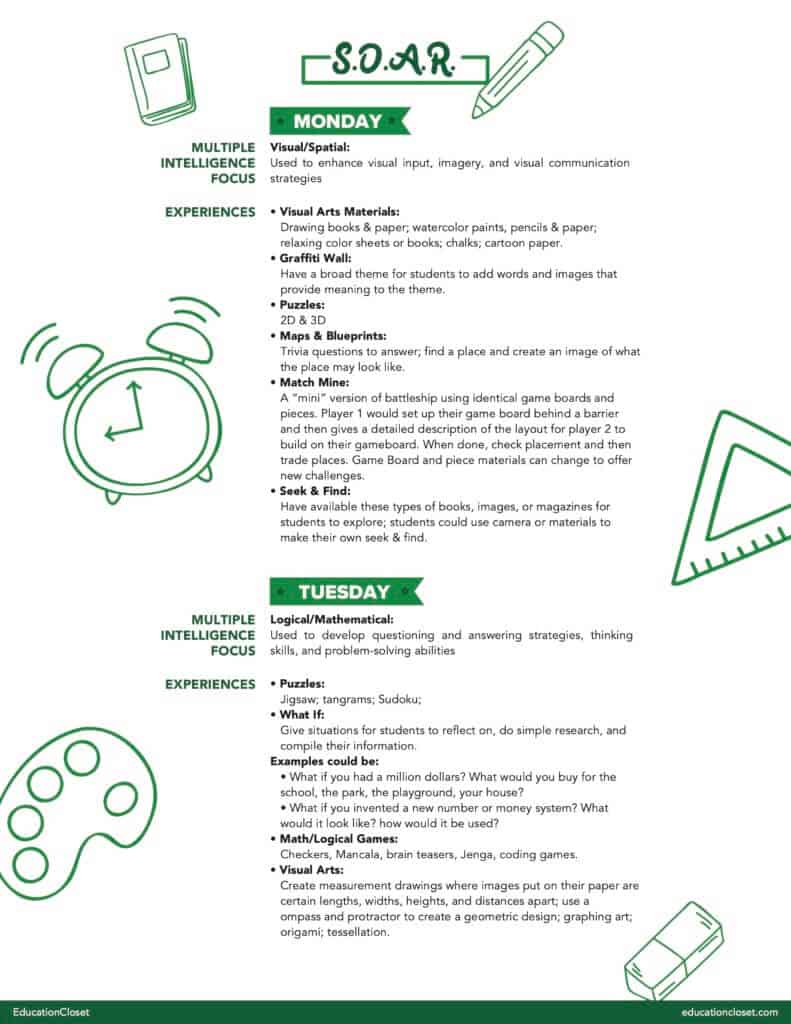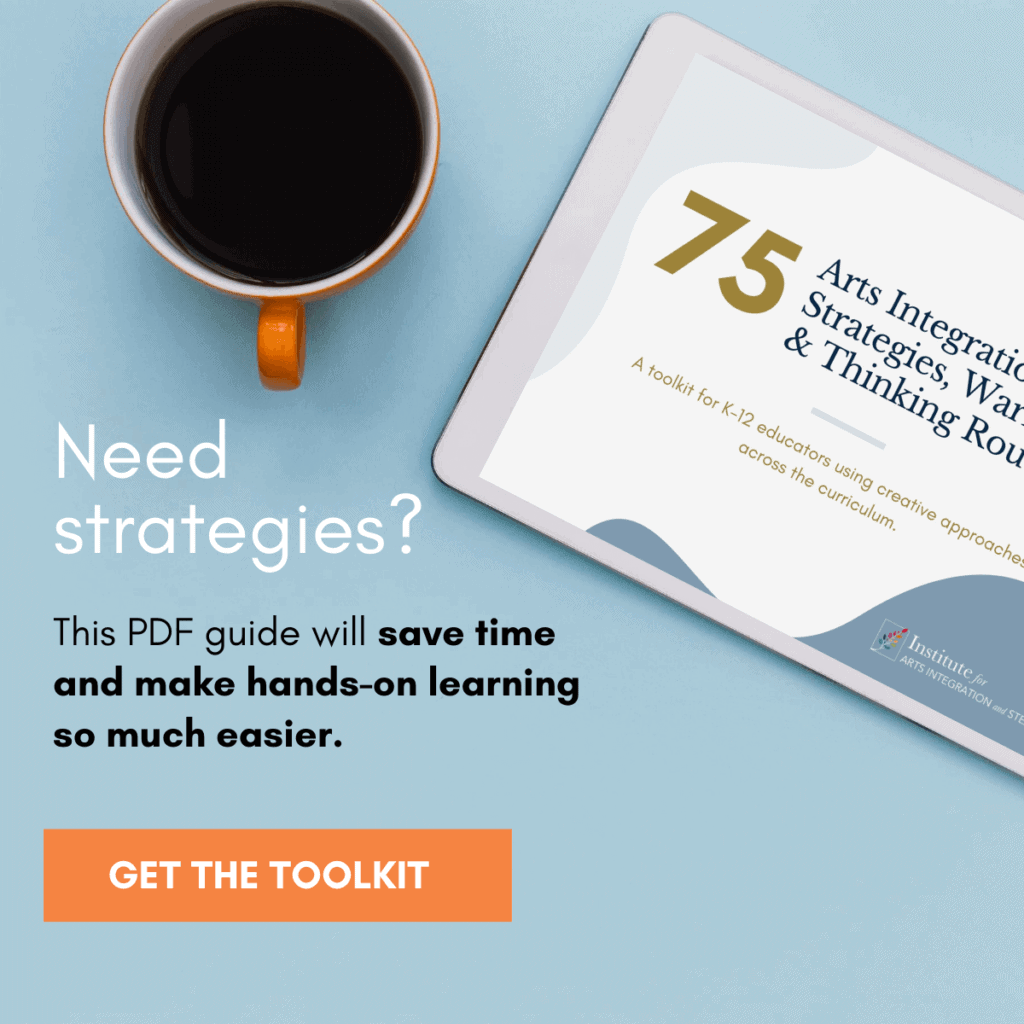Incorporating Play to SOAR
6 Min Read • Procedures
You pop out of bed with a start, look at the clock, and realize you must fly in order to arrive at work on time. For some mysterious reason, the alarm you believed you set the night before did not go off. Now you are in rush mode!
Then, as you zoom through your normal morning routine, nothing goes the way it should. Of course! Your hair is a mess, you spilled coffee on your clothes, and your keys are lost. Somehow, you still manage to get out of the door and land at your classroom in the nick of time.
However, with your frazzled mindset are you really prepared to start your day teaching on a positive note? You take a deep breath, pull yourself together and greet your students as they come through the door, just as you do every day. You know, however, that today you are not your “typical” self.
Because of your rough morning, all day long, little things flare up and you can’t seem to take them in stride or manage them as you normally do. If only you could have Started Off Awesome & Refueled! As you reflect on your day, you begin to wonder about your students. Specifically, how many of them experience the same frazzled mindset every single day and you haven’t even noticed? Don’t they deserve to Start Off Awesome & Refueled, too?
The Shift
Did you know that approximately 10% of school-age students (9-13 million) enter the classroom with mental health issues due to stressors we can’t even begin to imagine? Whether its root cause is simple such as an argument with a sibling or caregiver or more complicated and ongoing like poverty, abuse, neglect, or domestic violence, a student’s outlook needs to be reset if they are going to be ready to learn. Just like the frazzled teacher, they need to have some time to “refuel themselves” and have a fresh start to their day.
As teachers, the weight of demonstrating student progress, meeting curriculum expectations, and managing a classroom with all kinds of personalities is, indeed, daunting. But amid all these pressures, have we forgotten the art of playfulness and how the simple act of this light-hearted practice inspires delight, wonder, and relaxation?
The Danish culture adopts and values a concept of warm, happy coziness and togetherness. This concept, known as hygge [hue-guh] relates to the “good vibes found within an environment that is warm, friendly, and artistically pleasing.” In essence, hygge is all about creating quality time for friends, family, and self.
So what would happen if classrooms or homerooms would take this Danish principle and apply it to the start of the day by incorporating play? Many classrooms already incorporate soft landing time at the beginning of class where students can chat, read, finish work, or complete a task assigned to them while the teacher takes care of morning reports. This practice is one of seven ways for building positive behavior in the classroom because it helps establish a safe, calm environment. But what if this morning ritual was “bumped up” to include the art of play?
The Strategy
Whether children or adults, incorporating play is advantageous in relieving stress, improving brain function, enhancing creativity, fostering connections to others, and boosting energy. Knowing these benefits, incorporating play into morning schedules could very well build social-emotional well-being, verbal communication, cooperation, and teamwork.
Time to S.O.A.R. considers the stressors affecting our students and the demands placed on academic progress. Additionally, it addresses the need for creative expression by providing individuals 10-15 minutes where they can settle in and get ready for learning. This designated period encourages exploration through the following framework of play and the multiple intelligences:
- Each day highlights a different experience
- Every student is given choice
- Each experience involves inventiveness
- Each activity offers challenges to be discovered
We’ve created a roadmap that provides students with the creative outlet they need to open their brains in different ways, reframe their mindsets, and allow them to have fun. When compiling the materials for the experiences, think in terms of flexibility and fluidity. You can reuse many of the materials on other days, but the tasks may have a different focus. Moreover, each activity can be implemented gradually to give time to explore and set up the routine for how clean up is to take place. You may even want to provide two different experiences for a period and then switch it up monthly or quarterly. These are meant to be quickly pulled up and put away to reduce transition time.
Adapt It!
You can also easily adapt this same concept to lower and upper-grade levels, even college classes or professional development trainings. For upper-grade levels, S.O.A.R. could be held during homeroom or during their first class on a given day. The staff could certainly work together to analyze which day of the week it might be best to implement. For instance, if you notice more behavior issues on Fridays then it would make sense to hold S.O.A.R. on that day.
Use your school data as your resource for implementation. In the 10 minutes designated for this time, I would set an alarm for eight minutes to use as a warning time and that picking up was to begin. I would either project the S.O.A.R. options on the ActivBoard or put the baskets out for students to use that day. My main goal was to not only give students that “free time” to allow themselves to settle in but also to explore something they might not work with on a regular basis.
All people need opportunities to investigate different materials and challenge themselves to discover something new about their interests or abilities. By incorporating play and fun into our lives each day, not only does our mood and outlook improve but so do our connections with those around us. So, educators, isn’t it time to begin incorporating play and get our hygge on in the classroom?
Resources
Cherry, K. (2019, April 03). Gardner’s Theory of Multiple Intelligences. Retrieved April 23, 2019, from https://www.verywellmind.com/gardners-theory-of-multiple-intelligences-2795161
- (2018, March 06). Classroom Management: 7 Actions to Build Positive Behavior in your Class. Retrieved April 22, 2019, from https://beneylu.com/pssst/en/classroombehaviour/
Lemoine, A. (2019, April 12). What Does hygge Mean? Retrieved April 22, 2019, from https://www.dictionary.com/e/translations/hygge/
Peterson, S. M. (2018, April 03). 5 ways to bring play back into your life. Retrieved April 23, 2019, from https://www.mayoclinic.org/5-ways-to-bring-play-back-into-your-life/art-20342117
Rappaport, N., Minahan, J., Cambridge Health Alliance, & Harvard Medical School. (2019). Breaking the Behavior Code. Retrieved April 18, 2019, from https://childmind.org/article/breaking-behavior-code/
Robinson, L., Smith, M., M.A., Segal, J., Ph.D, & Shubin, J. (2019, March 21). The Benefits of Play for Adults. Retrieved April 22, 2019, from https://www.helpguide.org/articles/mental-health/benefits-of-play-for-adults.htm/
Stavely, Z. (2015, July 24) How to Bring Playfulness to High School Students. Retrieved April 23, 2019, from https://www.kqed.org/mindshift/40864/how-to-bring-playfulness-to-high-school-students





